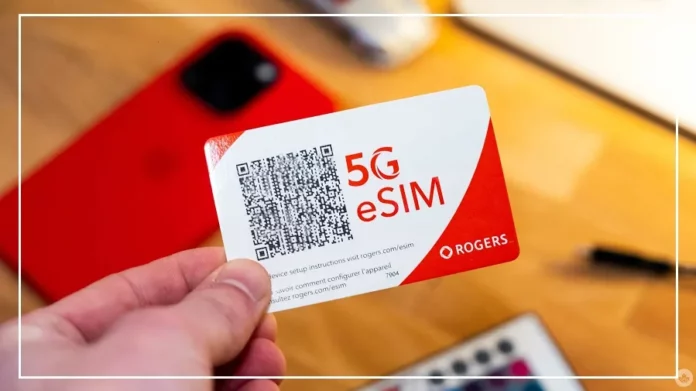Qualcomm has announced that its future Snapdragon chips will support iSIM, a new technology that could change how we use mobile networks.
The Snapdragon 8 Gen 2 is the first processor to support it, and millions of users could soon experience this upgrade.
But what exactly is iSIM, how is it different from eSIM, and why should you care? Let’s break it down.
From SIM to eSIM: The Big Shift
Traditional SIM cards are slowly fading away.
Instead, eSIMs are now built directly into a phone’s hardware.
Unlike the small plastic SIM card you insert manually, an eSIM is soldered into the phone.
This design frees up space, allowing manufacturers to make slimmer devices while keeping the same functionality.
To activate an eSIM, users usually need to request it through their mobile operator’s app or store.
The process is simple but slightly different for each provider.
Which phones support eSIM?
Apple: iPhone XR and newer (including the latest iPhone 15 lineup).
Samsung: Galaxy S20, S21, S22, S23 series, Z Fold and Z Flip models, Note 20 Ultra, and more.
Others: Google Pixel 3 and above, Motorola Razr series, Nokia X30/G60, Vivo X90 Pro, among others.
You’ll also need the latest software updates for eSIM to work properly.
Advantages and Drawbacks of eSIM
Why it’s great:
No need for a SIM tray = sleeker phone designs.
Switch networks easily through an app — perfect for frequent travelers.
Store multiple profiles (personal and work numbers in one phone).
Better security against tampering.
The downside:
Switching to a new phone isn’t as easy. Unlike a physical SIM, you can’t just pull it out and insert it.
You’ll need to repeat the activation process every time you change devices.
What is iSIM and Why is It Better?
Think of iSIM as the next step after eSIM.
Instead of being a separate chip inside the phone, iSIM is built directly into the main processor (the Snapdragon 8 Gen 2, for now).
Qualcomm says it’s 100 times smaller than a nano SIM card.
Benefits of iSIM:
Uses less power, meaning better battery life.
No SIM slot at all — making room for features like larger speakers or stronger vibration motors.
Improved dust and water resistance.
All the same flexibility of eSIM, but even more compact.
The Future of iSIM
Currently, no phone has launched with iSIM support.
However, reports suggest that smartphone makers are already working on it.
Qualcomm expects around 300 million iSIM-enabled phones by 2030, with big names like Samsung likely to join the move.
Final Takeaway
The shift from physical SIM → eSIM → iSIM is all about making phones sleeker, tougher, and more flexible.
Travelers, frequent network switchers, and even casual users will benefit from easier connectivity and improved durability.
The first iSIM phones may not be here yet, but they’re coming — and they could completely change the way we think about mobile networks.
